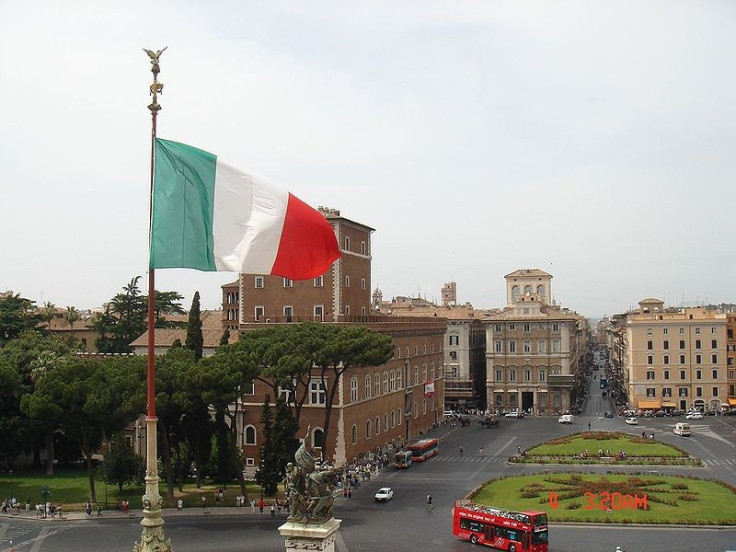Italy's stagnation maybe over but it's staring at a painfully long road to recovery
Low rise in labour productivity suggests the Italian economy's catch-up is likely to take a long time.

Italy's economy is showing positive signs of an upturn, but after six years of stagnation, the catch-up process is likely to be long, according to a new report.
The country's growth accelerated in the second quarter of 2017, with real GDP up 1.5% year-on-year, making it the highest reading in six years, but a report by S&P Global Ratings said cautious optimism was warranted.
Business confidence has risen, corporate margins have improved, and bankruptcies were down 15.6% year-on-year in the second quarter; their lowest level since 2009.
"Yet, investment still has a long way to go to recover its pre-crisis level. At the end of the second quarter it was still down 20% from 2007," S&P noted.
Two factors in particular lead to cautious optimism, the report adds. One is that Italian banks appear to be at a positive turning point.
The state rescue of Monte dei Paschi di Siena and two Veneto lenders, and the successful recapitalisation of Unicredit should result in easier credit conditions.
Secondly, the labour market is gradually making progress. Employment has returned to its 2008 levels and job creation has been strong, with about 150,000 new jobs recorded in the first half of this year.
On the other hand, the return of inflation, albeit modest, is likely to dent real income growth and consequently consumer demand, said Jean-Michel Six, S&P Global's chief economist for Europe, Middle East and Africa.
"On the foreign trade side, exports are unlikely to make a significant contribution to GDP growth. This is due, in particular, to the very low rise in labour productivity despite the reforms implemented in the past few years.
"The contraction in capital spending since 2007 has negatively influenced Italy's overall competitiveness, limiting its ability to benefit from the current upswing in world trade."
Nonetheless, Six said the upturn is spreading to all sectors of the Italian economy. "What's particularly comforting is that investment is now playing a leading role again, after a pause in early 2017, thanks in particular to tax incentives."






















